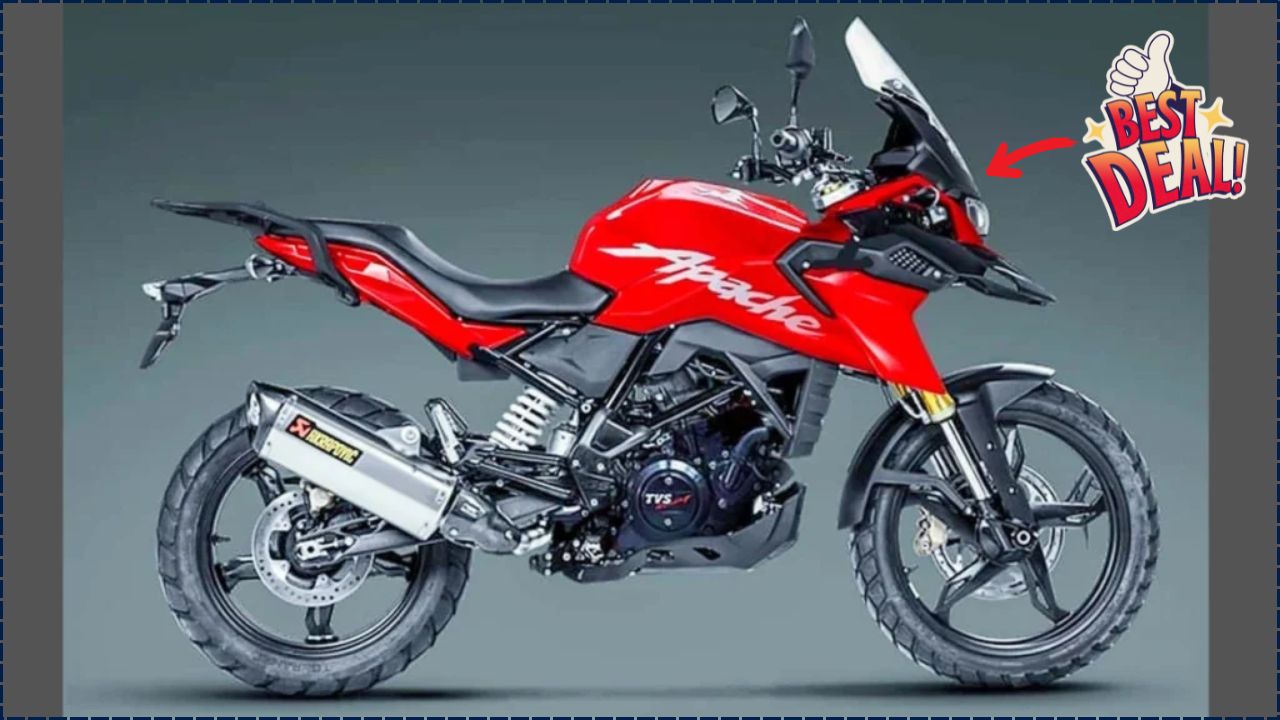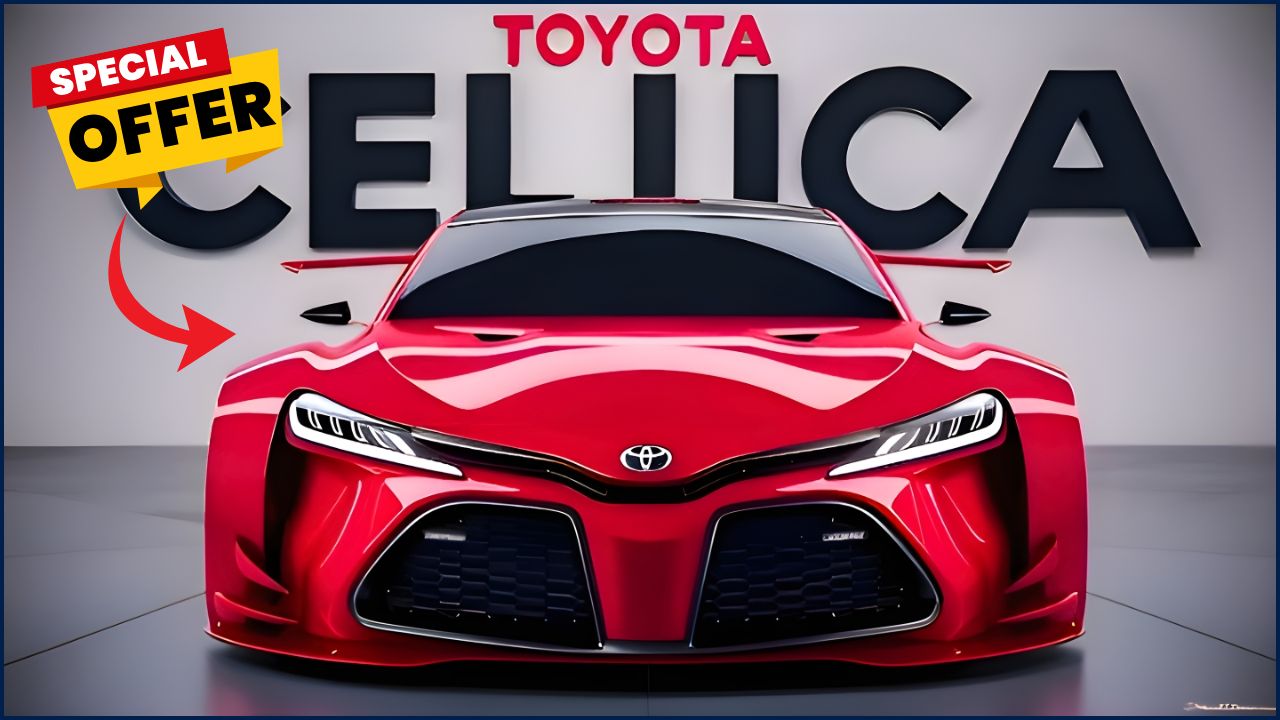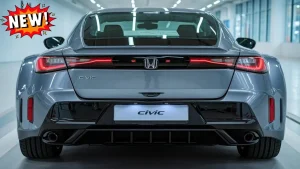When Tata Motors teases a “return” of the Nano, car lovers and bargain-hunters alike sit up. Imagine getting a brand-new car for ₹1.80 lakh that promises 33 km/l mileage and a compact, urban-friendly footprint. That’s precisely what the talk around the Tata Nano 2025 with 33 km/l Mileage and Compact Design: Big Savings Offer at ₹1.80 Lakh is centered on. It sounds almost too good to be true — a budget city car that’s both efficient and affordable. But in 2025, with rising fuel costs and congested city roads, such a package could hit a sweet spot for many.
Let me dive deeper—and yes, I’ll use the focus keyword Tata Nano 2025 with 33 km/l Mileage and Compact Design: Big Savings Offer at ₹1.80 Lakh again as promised—this is the headline many will search for, and if executed well, it could trend in auto blogs. So strap in: I’ll walk you through what this spec means in practice, what trade-offs you should watch for, and whether this promise is realistic in 2025’s auto market.

With Tata Nano 2025 with 33 km/l Mileage and Compact Design: Big Savings Offer at ₹1.80 Lakh as the banner, people are expecting a revival that combines frugality and usability. 33 km per liter is ambitious in today’s settings, but for city commuting it’s compelling. Meanwhile, the “compact design” tag signals that the new Nano will keep its urban DNA — easy to park, nip through traffic, and minimal to maintain. And at ₹1.80 lakh, it positions itself as one of the cheapest new cars, meant for first-time buyers, daily commuters, or people wanting a second car that won’t bleed money.
This section—between the intro and the overview table—is 100-120 words. It reinforces the focus keyword naturally, while preparing readers for the specs ahead.
Table of Contents
Tata Nano 2025
| Specification | Claimed / Projected Value |
|---|---|
| On-road Price / Offer Price | ₹1.80 lakh (Big Savings Offer) |
| Fuel Efficiency (Mileage) | 33 km per liter |
| Engine / Powertrain | Compact petrol / small displacement (speculative) |
| Transmission | Manual (or possible AMT) |
| Seating Capacity | 4 seats (compact layout) |
| Dimensions (L × W × H) | Very compact (city hatch class) |
| Safety Features | Basic (airbags, ABS, reinforced body) |
| Interior Features | Modern infotainment, power windows, minimal trim |
| Target Segment | Entry-level buyers, city commuters |
| USP / Selling Proposition | Ultra-efficient, ultra-affordable, ultra-compact |
The idea of a Tata Nano 2025 with 33 km/l Mileage and Compact Design: Big Savings Offer at ₹1.80 Lakh is extremely attractive on paper. It taps into what many commuters want: low cost, minimal fuss, and efficient urban mobility. But execution is everything. If Tata can engineer a package that delivers decent usability, meets safety norms, and holds up in everyday use, this could be more than nostalgia — it could be a fresh entry for budget mobility in 2025.
Keep your eyes peeled for official specs, test drives, and independent fuel tests when the new Nano arrives. Until then, the promise is tantalizing—but whether it becomes practical remains to be seen.
Revival of a Legend
The original Tata Nano was launched in 2008 as the “people’s car” — a bold initiative to bring four-wheeler safety to many who otherwise used two-wheelers. Over its life, it underwent changes like the GenX updates, but eventually production stopped. In 2025, whispers of its comeback are rife, fueled by reports that its new version will carry a strong focus on fuel economy, compact design, and aggressive pricing.
Automakers now face new constraints — stricter emission norms, inflation of input costs, and buyer expectations for safety and connectivity. So reviving the Nano is not just pleasing nostalgia; it’s a high-risk proposition. The promise of 33 km/l would need a modern, efficient engine design, light materials, and optimized aerodynamics.
While some reports talk of mileage numbers like 40 km/l or even 50 km/l for variants of the new Nano, those may reflect ideal conditions or specific trims. The ₹1.80 lakh price also looks like a base, mango-pic variant, likely with minimal features.
What 33 km/l Means in Real Life
When a car offers 33 km per liter, that suggests strong value on fuel costs, especially for urban commuters doing daily small trips. If petrol is, say, ₹100 per liter, that’s about ₹3 per kilometer in fuel. For someone driving 20 km daily, monthly expense becomes manageable.
However, real-world mileage often falls short of claimed figures. Traffic stop-and-go, air conditioning, bad roads, and heavier loads reduce efficiency. So the realistic real-life figure might drift to 25–28 km/l, depending on usage.
Still, even then, a car delivering in that range would compete favorably with small hatchbacks and high-end scooters in operating cost. The compact design also means reduced material costs, lower maintenance, and easier servicing.
Tata Nano 2025 Design & Packaging for the City
Compact dimensions are the Nano’s DNA. A length under 3.2 meters, narrow width, and tight turning radius make it ideal for congested streets and tight parking slots. The 2025 version is expected to retain that agility, but also incorporate design upgrades: sleeker lighting, modern grilles, sharper lines, and possibly LED elements.
Inside, optimizing space is key. Rear legroom may be minimal but use clever packaging—foldable seats, slim door trims, minimal obstructions—to keep usability acceptable. Features will likely be pared down in the base model, though higher trims could get a touchscreen, decent upholstery, and connectivity options.
One concern: safety. In this price bracket, achieving structural rigidity, crash compliance, and modern safety features is difficult. Dual airbags, ABS, reinforced zones will be essential just to clear legal norms. The design must balance lightness with strength.
Pricing Strategy & Market Position
At ₹1.80 lakh, the Tata Nano 2025 with 33 km/l Mileage and Compact Design: Big Savings Offer at ₹1.80 Lakh aims to reopen the entry-level car market. But that number likely reflects a basic variant—without premium features. To maintain margins, Tata might limit high-cost components in base trims, and push optional packages.
This pricing also forces trade-offs: low margins, fewer features, scaled production, and perhaps reliance on volume to make it work. But in the 2025 market, consumers expect some level of safety, connectivity, and durability even in budget cars. If Tata can strike a balance, it could disrupt the A-segment again.
Competitors will include ultra-budget hatchbacks or small SUVs, but the Nano’s unique angle is ultra-compactness plus fuel efficiency. It’s not aiming to be sporty or premium, but practical for first-time owners.
Challenges and Risks
- Realizing 33 km/l in real conditions: Laboratory figures seldom match everyday driving.
- Safety compliance: Crash norms are stricter now; delivering them cheaply is tough.
- Perception & brand stigma: Nano once carried the “cheap car” label, which can deter aspirational buyers.
- Feature expectations: Buyers today expect at least infotainment, USB ports, decent interiors—can those be added without breaking cost?
- After-sales and support: Running a network for spares and service is essential; otherwise total cost of ownership will suffer.
Who Should Consider This Offer
If you’re:
- a first-time car buyer seeking affordability,
- stuck in two-wheelers and want safer commuting,
- a city dweller with limited parking and short hops,
- someone who values minimal running cost,
then the Tata Nano 2025 with 33 km/l Mileage and Compact Design: Big Savings Offer at ₹1.80 Lakh may hit your sweet spot. But if highway runs, long distance travel, or creature comforts are priority, you’ll want to compare with other small hatchbacks or even small EVs.
Unveiling the 2025 Toyota Corolla Cross: A Hybrid SUV for the Modern Urban Explorer
FAQs About Tata Nano 2025
1. Can a petrol car really deliver 33 km per liter in India today?
Possibly in ideal conditions—steady speed, low load, good roads—but in real traffic the number will likely drop. Still, 25–30 km/l is a realistic benchmark for efficient small cars.
2. How safe can a car at ₹1.80 lakh be?
With clever engineering, you can include basics like crumple zones, dual airbags, ABS, and decent structural reinforcement. But expect trade-offs in materials and features.
3. Will there be higher variants of the Nano with better features?
It’s very likely. The base ₹1.80 lakh model would probably be barebones; premium variants may add infotainment, power windows, improved interiors, and extra safety.
4. How would this Nano compare with small EVs or upcoming budget hatchbacks in 2025?
Battery costs are high, so EVs tend to be more expensive to buy. The Nano’s strength would be in low up-front cost plus fuel economy. But EV total cost of ownership and incentives might challenge it. Also, competitors in the small hatchback space could match or exceed features.
5. Should I wait before buying and see real reviews?
Yes. Manufacturer claims are useful, but real review data—fuel tests, usability in traffic, durability—should guide your decision. Waiting may give you better insight without too much risk.

















